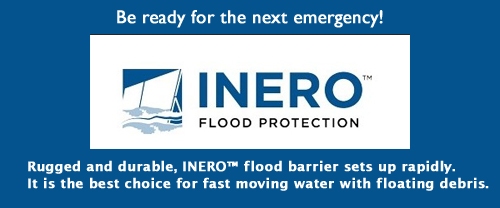|
|

|
  

2/27/2025
WT Staff
 Got water questions? Got water questions? Give us a call at 877-52-WATER (877-529-2837), or email us at info@wtny.us
February 27, 2025 404 pm EST updated MAr 3 1157 am EST
WT Special Report on Vehicles and Flood Safety
In search of a flood-smart ride
According to New York-based global data compiler Statista Inc., flood, by the numbers, is the most common natural disaster occurring in the world.

According to the US Centers for Disease Control (CDC), more deaths are attributed to flooding than any other storm-related hazard. Storms are categorized separately from floods, yet storms often involve flooding. Flooding is almost always part of tropical storms and hurricanes. Storm surge can flood coastal areas following an off-shore earthquake. Earthquakes centered on the continent can damage water mains, causing localized flash flooding. Consider extreme weather events, when the temperature spikes in spring, with or without rainfall, sudden melting can trigger ice jam river flooding. Of the list of natural disasters above, perhaps drought is the only category NOT associated with a measure of flood risk.
As society adapts to living and working more frequent and severe flood events, note the central public safety messaging of the National Oceanographic and Atmospheric Administration (NOAA) is directed at drivers:
Turn Turn Around Don't Drown®
It is never safe to drive or walk into flood waters. The force and power of moving water is easily underestimated. Lack of awareness puts drivers and their passengers at risk for becoming trapped in a flooded vehicle. National Weather Service guidance for floods indicates "Many deaths occur in cars swept downstream. Many of these drownings are preventable. Never drive around the barriers blocking a flooded road. The road may have collapsed under that water. It takes just 12 inches of rushing water to carry away most cars and just 2 feet of rushing water can carry away SUVs and trucks.
Even when drivers follow the flood safety guidance, there are circumstances and situations where drivers are unable to avoid the water. Commuters have been caught in gridlock, unable to move as the roadway is flooded. From the first electric windows, we began to find out how vulnerable we can be inside our cars.
WT dropped in to the 2025 International Auto Show Feb 13-23, 2025 to canvas auto manufacturers about flood safety features built into the new models. As in 2024, we came up short of a flood-smart vehicle option. None of the auto makers queried have implemented flood safety sensors or physical measures to escape a flooded vehicle should the electrical systems fail.
Hyundai was the first to respond with the following statement, received by email from Frederic Mercier, Director of Public Relations in Montreal.
At Hyundai, our customers' safety is our top priority. Our vehicles are designed with a range of safety features, and we strongly advise drivers to avoid flooded roadways, as outlined in our owner’s manual.
Hyundai took awards for 2025 AJAC Utility Vehicle of the Year and Electric Utility Vehicle of the Year.
Subaru offered the following statement,
For our current models, our SUVs do offer a decent wading depth (~500mm) however we don’t have any official figures on this measurement. This would be the only current element in vehicle design directly related to flood protection. Standard ground clearance of our SUVs sits at 220mm while our Wilderness models see this increased to around 235mm. We can’t comment on any future model development in this area.
BMW Group responded to indicate they need more to time to discuss the request. More to follow.
General Motors
In an emailed statement received Friday afternoon Feb 28, GM spokesperson Aliyah Menezes, "We cannot confirm on future design/features of vehicles and at this time specific flood safety measures but we do have features that help drivers maintain control during inclement weather:
- Advanced Traction and Stability Controls help the vehicle to maintain control on slippery surfaces which can apply to heavy rain and flooded areas
- Advanced Lighting Systems to enhance visibility during heavy rain conditions
- AWD improves traction in wet and slippery conditions.
As of publication, Mercedes-Benz, Nissan, Kia, Chrysler Dodge Jeep Ram, Ford, Volvo and Audi had not responded regarding future considerations in design and engineering for standard flood safety features.
See the prior WT Special Report on Vehicles and Flood Safety - In search of a flood-smart ride 2024 International Auto Show, here.
|
|
|
|
All rights reserved 2025 - WTNY - This material may not be reproduced in whole or in part and may not be distributed,
publicly performed, proxy cached or otherwise used, except with express permission.
|
|